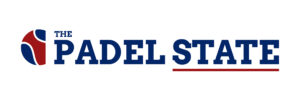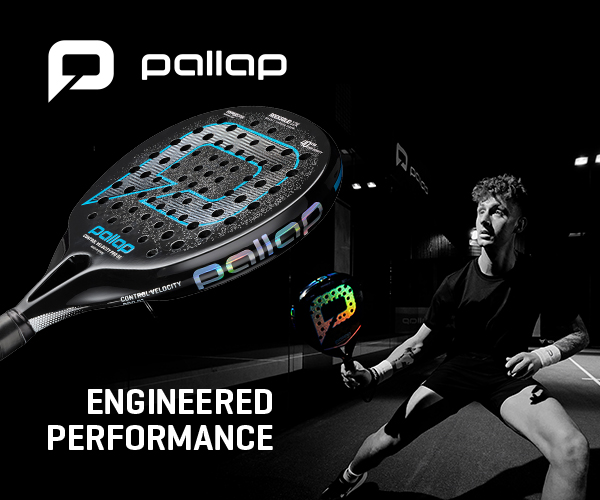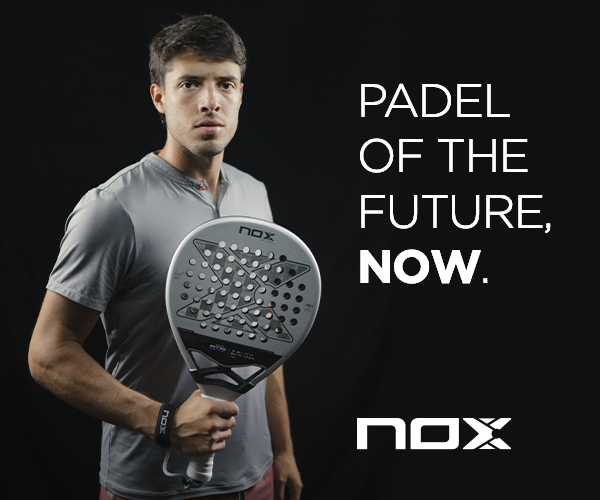The first time I ever saw padel being played under a canopy was on a very rainy day this past March in Vicenza, Italy (at the club pictured above and below). It was also the first time I met Scott Fitzgerald, a former world-ranked squash player and coach, who is spearheading the global growth of Favaretti Padel, an Italian manufacturer of top quality padel courts and canopies.
(And I have to say, having had the chance to tour one of Favaretti’s canopied clubs in person, this venue wasn’t just a couple of padel courts with a cover over it, but something more along the lines of an actual purpose-built padel arena).
Over a pint (or possibly two), Scott and I discussed everything from our shared Welsh heritage… to the state of squash in the U.S. and its inclusion in the 2028 L.A. Olympics… to the incredible growth of padel around the world.
But mostly we talked about the big question on everyone’s mind in this industry right now: how big is padel actually going to get in the U.S.?
Blame it on the Rain
Of course, we both see the immense upside potential for the sport here in the States, but we’re also well aware of the many obstacles facing the sport’s growth, too. Among them: a serious lack of suitable indoor locations around the country and what losing days, weeks, or even entire months to wind, rain, and snow will mean for clubs that only have outdoor courts.
The second point is one I’ve actually spent hours talking about with outdoor club owners, operators, and coaches like Harry Miley of the Columbia Squash Club, Miguel Correa of the Charlotte Padel Club, and Robert Gurolnick of Parker Racquet Club, just outside Denver.
Gurolnick is especially sensitive to the effects weather has on his padel coaching business and the growth of padel in Colorado in general. In fact, when we spoke last week, the Denver area had just been hit by a massive blizzard and he wasn’t sure if or when the courts would be playable again before spring.
So, while Favaretti’s signature padel courts — which are installed in the U.S. by their trusted partners at Padel-Lux — are undoubtedly impressive in their own right, I think it may well be Favaretti’s canopies that end up proving even more important and valuable to many clubs here in the U.S. over time.
Covering All the Bases
Scott notes that all of Favaretti’s canopies are bespoke and designed specifically for the needs and specifications of the host facility, taking into full account the local environment and weather conditions and how it may affect their courts. And with his background in club management, Scott is particularly well suited to understand and meet the various needs and priorities of a wide variety of clubs.
As he told our sister publication, The Padel Paper, in the U.K.: “Having run squash clubs for 20 years, it’s instinctive for me to shape things from a club owner/manager perspective, so they can set things up very quickly.”
“Logistically it is a lot easier for a club to deal with us because we manufacture courts and canopies. We offer an instant network – facilities, install, equipment, and management software. Our canopies are designed to transform outdoor spaces into versatile arenas, rather than simply providing overhead cover. Clubs can utilize the additional space created to establish pro shops, reception areas, coffee shops, and other amenities,” he added.
While only time will tell if canopied padel courts will become as popular in the U.S. as they are around Europe and the rest of the world, it does appear as though they could prove crucial to the sport’s growth here in the States going forward.
So, if you’re someone who is thinking about being on the forefront of the padel canopy revolution in the U.S., you can rest assured that Favaretti — and their partners at Padel-Lux — have you covered. To contact Scott directly and learn more about Favaretti’s padel courts and canopies, simply click here.
Want to get cutting-edge padel news and updates like this delivered directly to your inbox each week? Simply click here to sign up for our free “State of the Game” newsletter now.

















